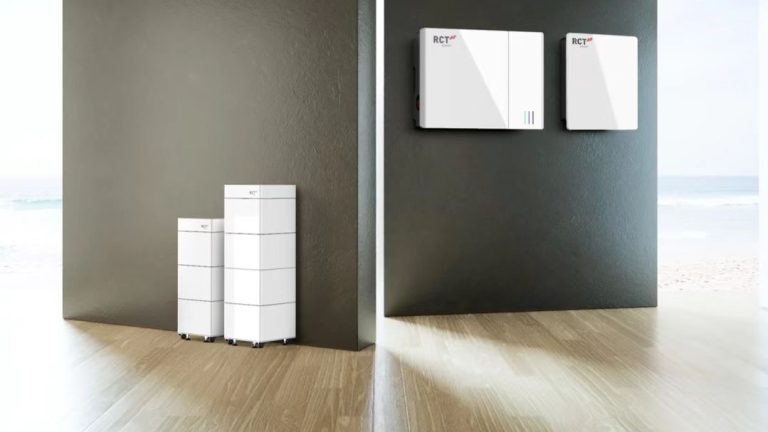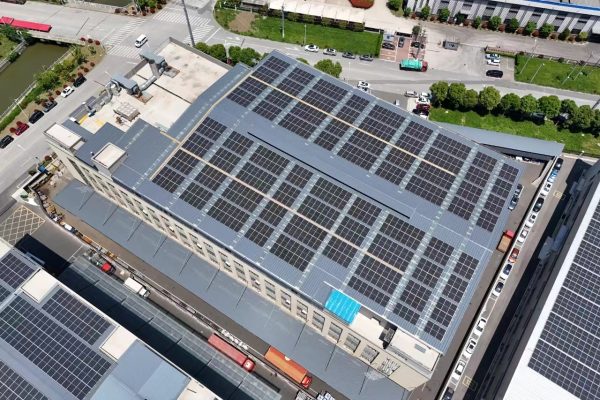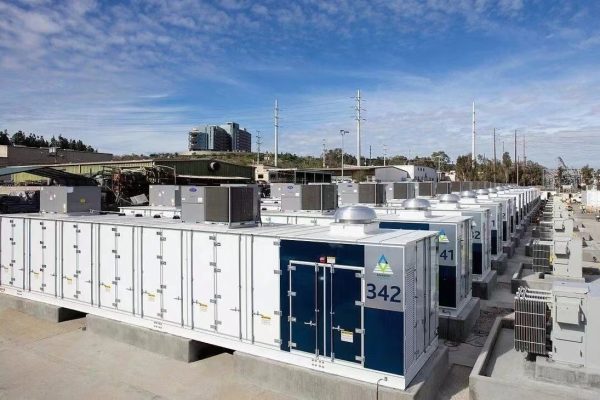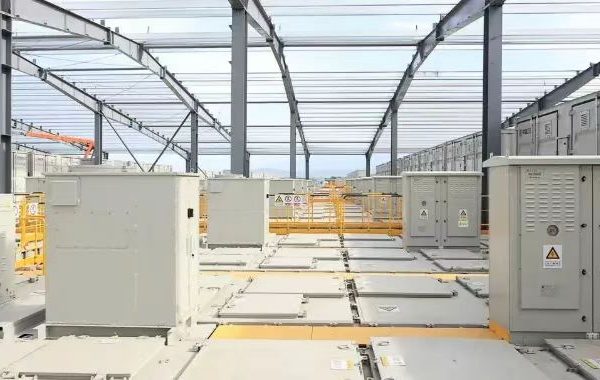The home energy storage (ESS) market is growing rapidly, driven by the increasing adoption of solar panels, rising electricity costs, and the push for energy independence. However, many potential buyers face technical uncertainty when selecting a home ESS.
This article addresses the top 5 technical questions buyers commonly ask about home energy storage systems and provides clear, practical answers to help guide your decision-making.
1. What Battery Chemistry is Best for Home ESS (LiFePO₄ vs. Lead-Acid)?
Answer:
Two of the most common battery chemistries for home ESS are Lithium Iron Phosphate (LiFePO₄) and Lead-Acid.
- LiFePO₄ (Lithium Iron Phosphate):
- Pros: Long cycle life (6,000–8,000 cycles), high energy density, excellent safety, low maintenance.
- Cons: Higher upfront cost.
- Lead-Acid:
- Pros: Lower initial cost, proven technology.
- Cons: Shorter cycle life (500–1,200 cycles), requires maintenance, lower energy density, heavier.
Recommendation: For most residential applications, LiFePO₄ batteries provide better long-term value and safety. Lead-acid may still be viable for very low-budget or backup-only scenarios.
2. How Do I Size the System Correctly for My Household Needs?
Answer:
Proper sizing is essential to ensure your ESS meets your daily energy requirements and peak demand.
Step 1: Calculate Daily Energy Consumption
- Average daily household usage: check utility bills in kWh.
Step 2: Determine Battery Capacity
- Formula: Battery Capacity (kWh) = Daily Usage × Days of Autonomy ÷ Depth of Discharge (DoD)
- Example:
- Daily usage: 15 kWh
- Desired autonomy: 2 days
- DoD: 80%
- Required battery capacity: 15 × 2 ÷ 0.8 = 37.5 kWh
Step 3: Match Inverter Capacity
- Ensure the inverter can handle peak load (total simultaneous power of appliances).
Common Mistake: Only considering battery capacity without evaluating peak power needs or future expansion.
3. Are These Systems Compatible with Existing Solar Panels and Inverters?
Answer:
Compatibility is crucial for seamless integration.
- DC-Coupled Systems: Connect directly to the solar array before the inverter. Pros: higher charging efficiency. Cons: may require compatible inverter.
- AC-Coupled Systems: Connect after the inverter to the AC grid. Pros: easier retrofit, flexible installation. Cons: slightly lower efficiency.
Tip: Check the maximum input voltage and communication protocol (e.g., Modbus, RS485) to ensure compatibility with existing solar equipment.
4. What About Safety and Certifications?
Answer:
Safety should be a top priority. Look for:
- Certifications: UL 1973, UL 9540, CE, IEC standards.
- Battery Management System (BMS): Protects against overcharge, overdischarge, overcurrent, and short circuits.
- Fire Safety: Install batteries in well-ventilated areas away from heat sources.
- Installation Compliance: Follow local electrical codes and professional installation guidelines.
Key Point: Systems with proper certification and integrated BMS are much safer for residential use.
5. What is the Expected Lifespan and ROI (Return on Investment)?
Answer:
- Lifespan:
- LiFePO₄: 6,000–8,000 cycles (10–15 years depending on usage).
- Lead-Acid: 500–1,200 cycles (3–5 years).
- ROI Considerations:
- Calculate savings from self-consumption of solar energy versus grid usage.
- Factor in time-of-use rates, net metering policies, and government incentives.
Example ROI Calculation:
- System cost: $12,000
- Average yearly savings: $1,200
- Payback period: $12,000 ÷ $1,200 ≈ 10 years
- LiFePO₄ batteries typically exceed this lifespan, making them cost-effective long-term.
Choosing the right home energy storage system requires careful consideration of battery chemistry, sizing, compatibility, safety, and ROI. By understanding the top technical questions and their answers, buyers can make informed decisions that balance performance, cost, and safety.
For further guidance or personalized recommendations, contact a trusted ESS supplier or installer to ensure your system meets your household needs.









